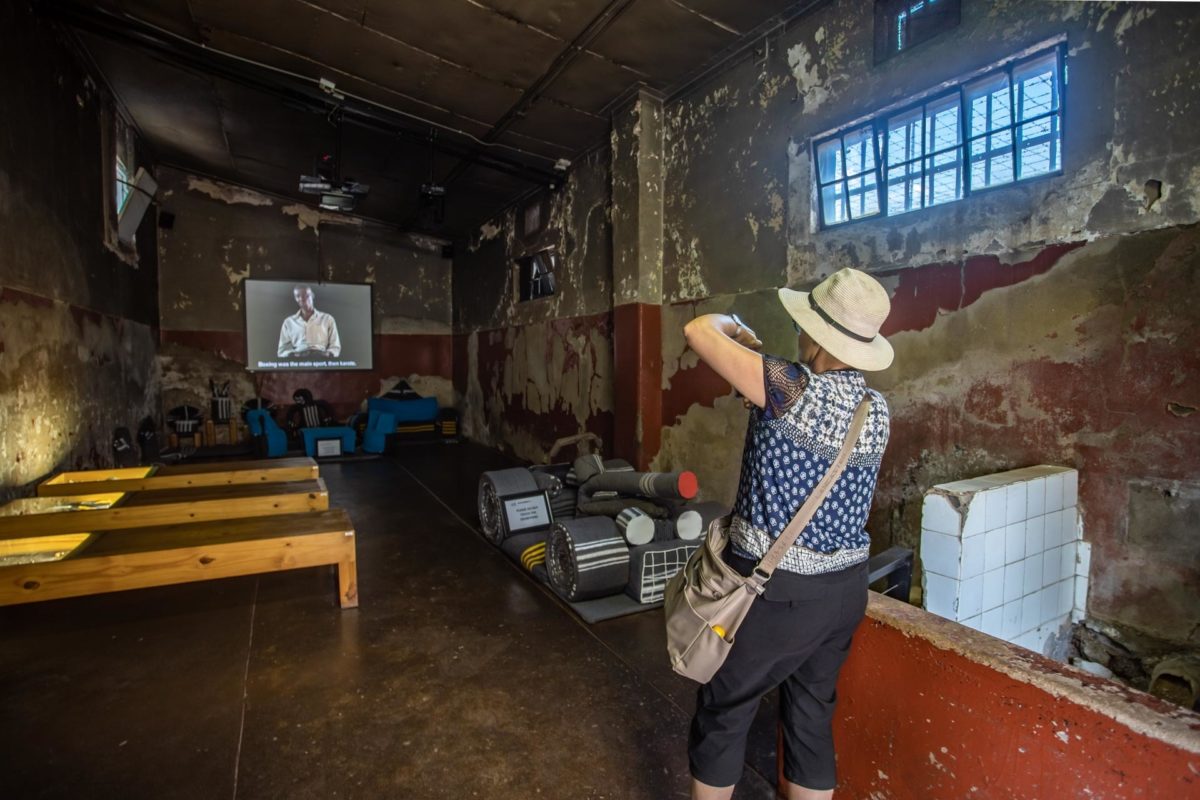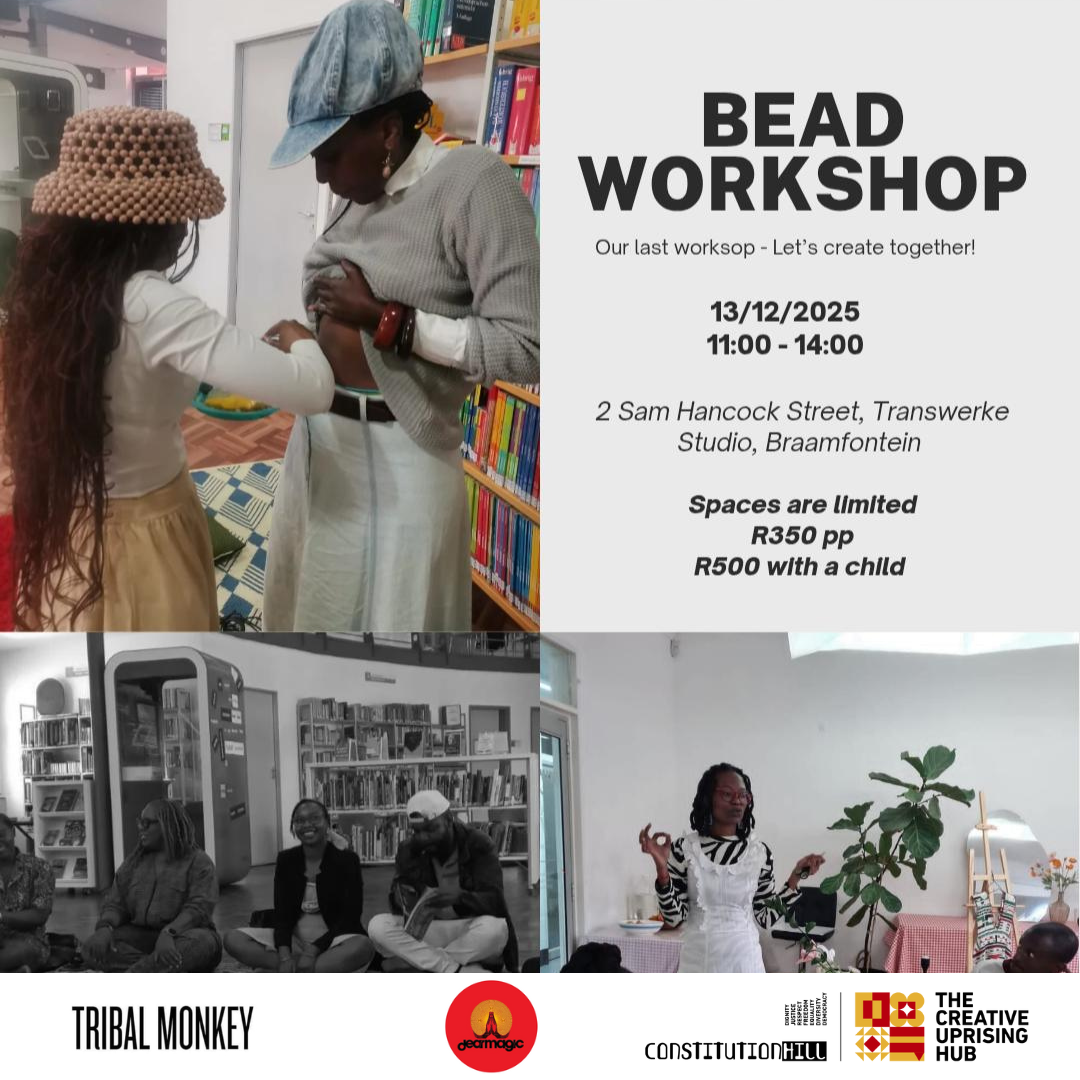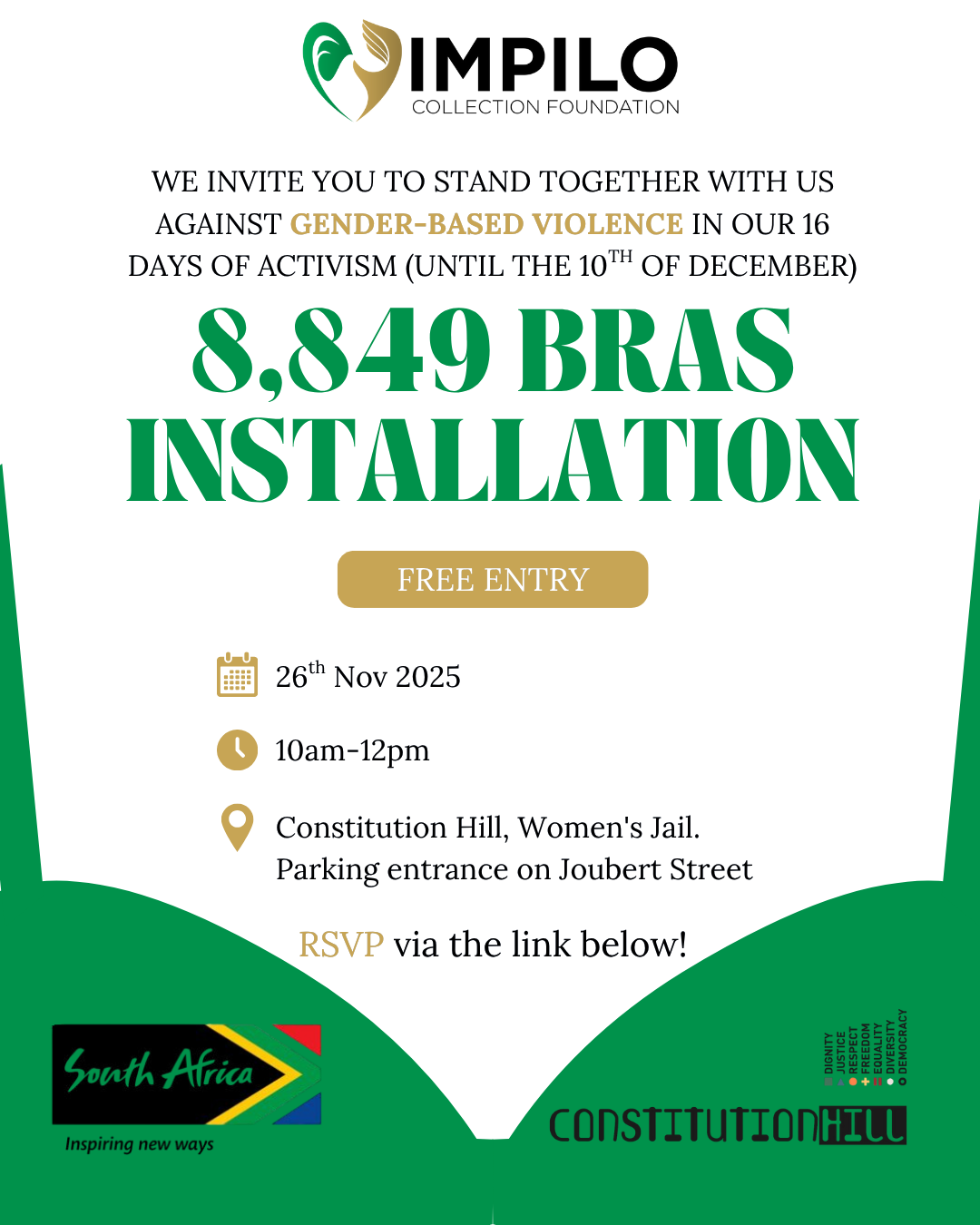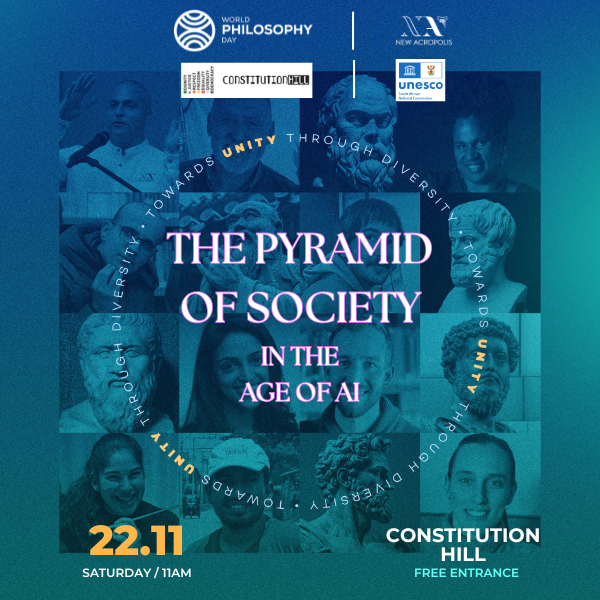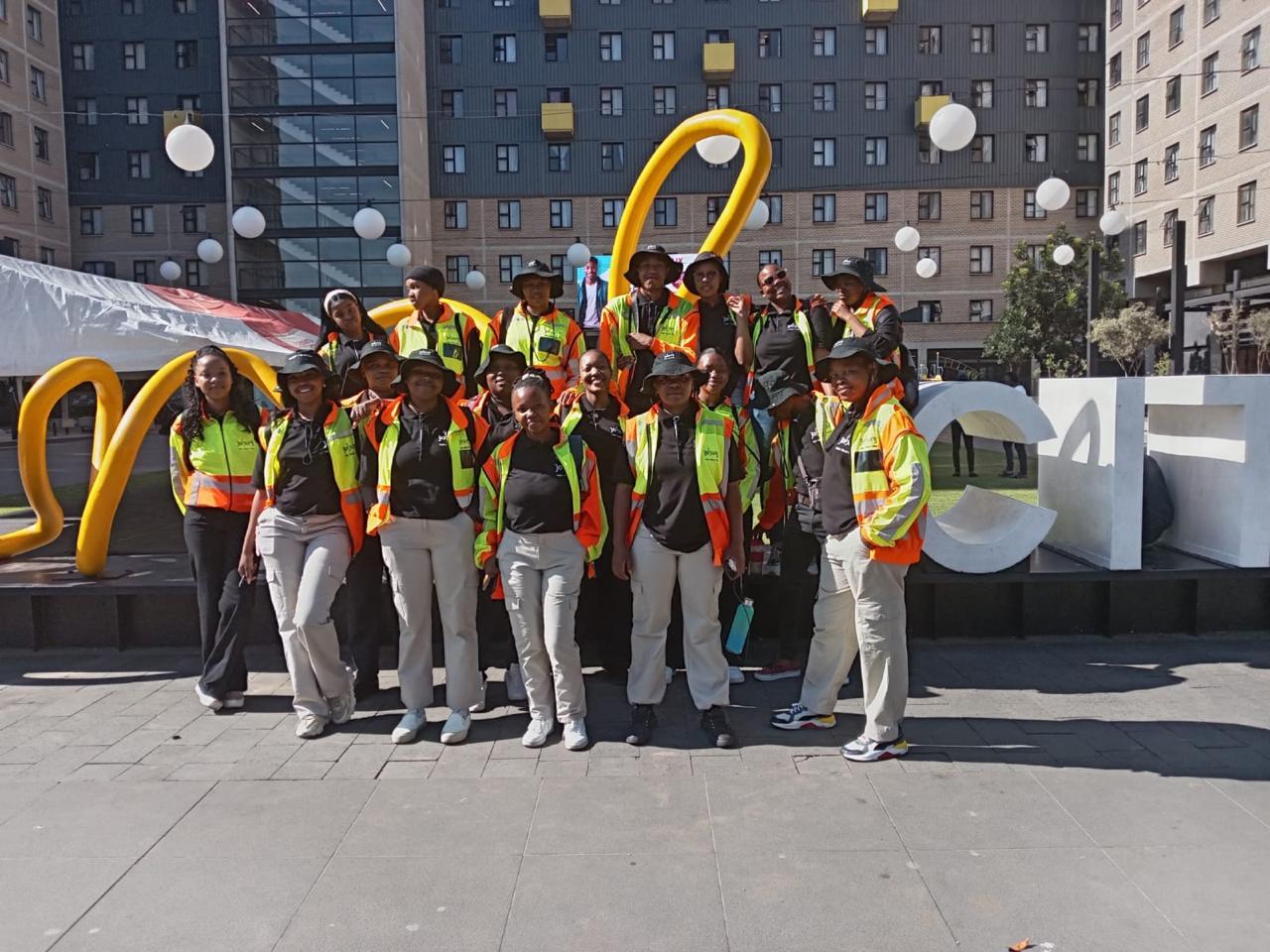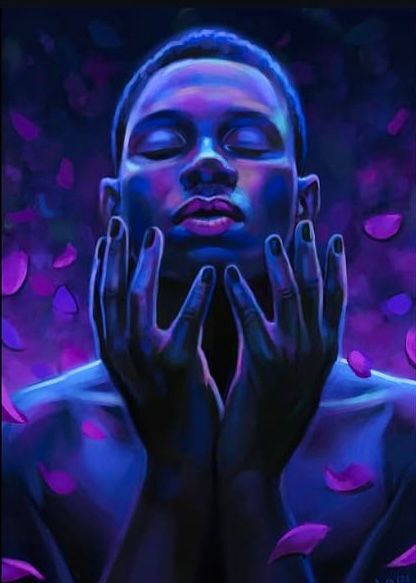
Cecile Palmer in the Women's Jail in 2016.
Cecile Palmer was pregnant when she was detained for four months in the Women’s Jail in Johannesburg. That was in 1976, the year anti-apartheid protests ratcheted up in intensity and South Africa’s apartheid state detained hundreds of people without bringing them before a court.
The Women’s Jail is now a museum, one of several in the Constitution Hill complex – all of them formerly jails. The only building in the complex that was never a place of confinement is the Constitutional Court, built after 1994’s first democratic elections eradicated apartheid.
Palmer’s mother had already been detained in the jail. “It was very hard for her and me, with me being here ... because my first pregnancy had been difficult,” Palmer says in an interview at Constitution Hill.
Although she was never directly told what had led to her arrest, she surmised that it was because she had escaped giving evidence against fellow anti-apartheid activists through a technicality. Also, she had been involved in organising a conference where intellectuals such as Mamphela Ramphele, Jakes Gerwel and Herbert Vilakazi spoke. The conference was banned from taking place in Johannesburg, but successfully held in Roodepoort.
“I was taken from work by five security policemen, all armed,” says the petite woman. “A Captain Conrad came into the room where I was held and his words were, ‘Ja, Cecile Palmer. Black power. You’ve had your day, now I will have mine. You say you will kill two people before you go. Well, I’m telling you I will kill 2 000 of you before I go, and then I will go and talk to St Peter at the Pearly Gates.’”
In the Women’s Jail with Palmer were other women activists, including Winnie Mandela, Fatima Meer, Sibongile Kubheka and Deborah Matshoba.
When she was arrested, Palmer had been working with the National Union of South African Students on the University of the Witwatersrand campus, where she was surrounded by state-paid spies such as Craig Williamson.
She says women like her, who were detainees of the police’s Special Branch, were largely left alone by the prison warders. However, she and her peers “forced” the warders to allow the female inmates underwear.
“We forced them to give the ordinary prisoners panties. Prisoners in this jail were stripped naked after their sentences and left with none. We fought and threatened and soon they did get panties.”
In the Constitutional Court hangs a mixed-media assemblage that includes a blue dress. It is part of artist Judith Mason’s triptych, The Man Who Sang and the Woman Who Kept Silent, and was inspired by Truth and Reconciliation Commission stories Mason had heard. One was that of activist Phila Ndwandwe, who was tortured and kept naked for 10 days before being assassinated. Before her death, Ndwande fashioned underwear for herself out of a scrap of blue plastic.
While she is satisfied that the jails that make up the Constitution Hill museums – the Women’s Jail, Number Four and the Old Fort – are now tributes to a troubling time, Palmer is sad that part of the Women’s Jail has been “broken down” into offices. For her, there is so much emotion wrapped up in the complex that it is hard to see life move on.
And the baby? "She was born a month after I left jail," says Palmer. "The baby is fine. She's 40 years old now and she's been fine all the time. The baby is Palmer's daughter, Nadine Snyman.

 +27 11 381 3100
+27 11 381 3100
